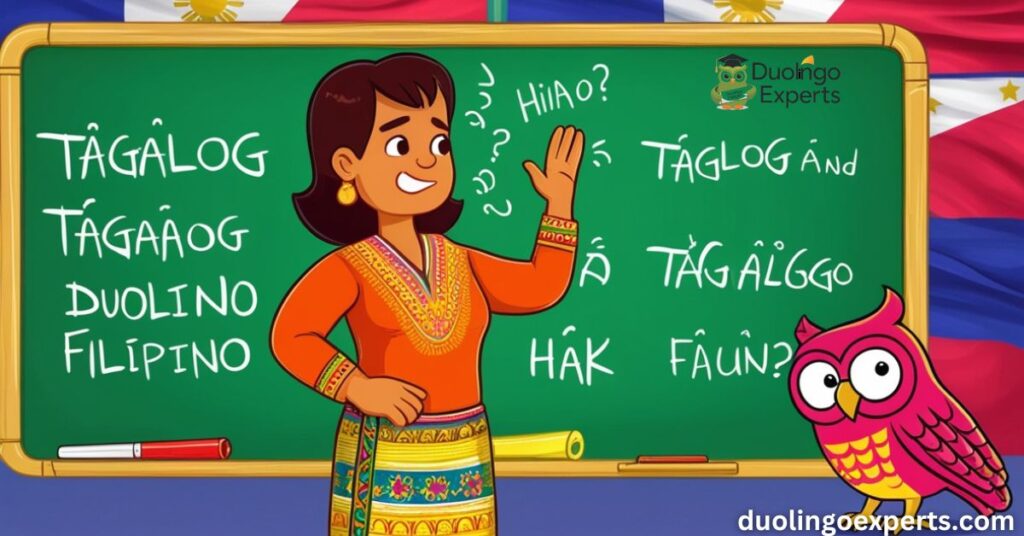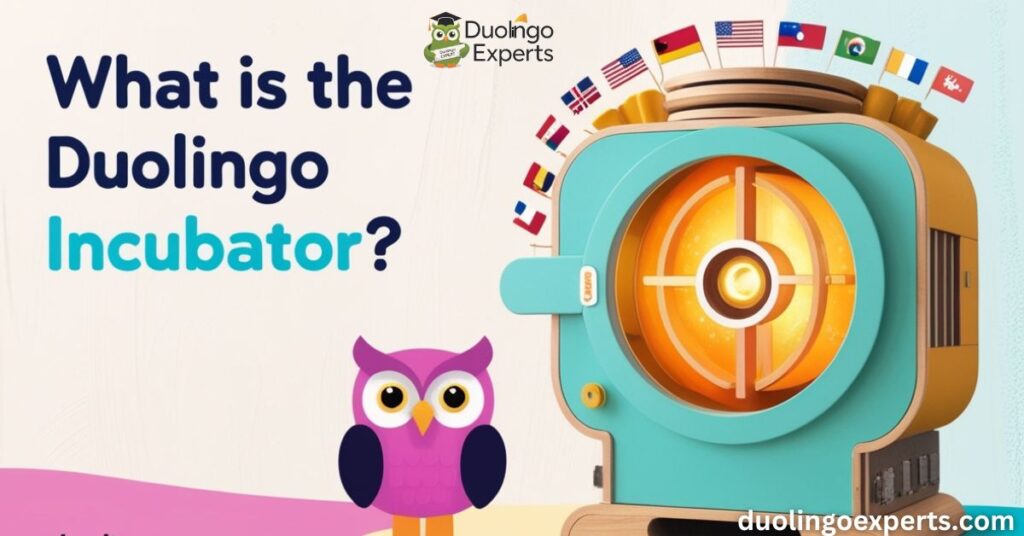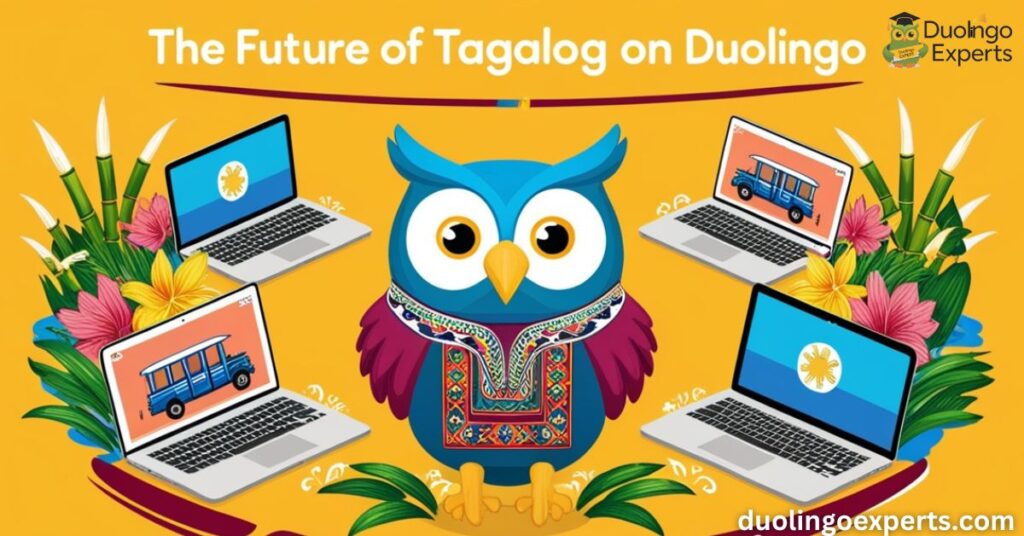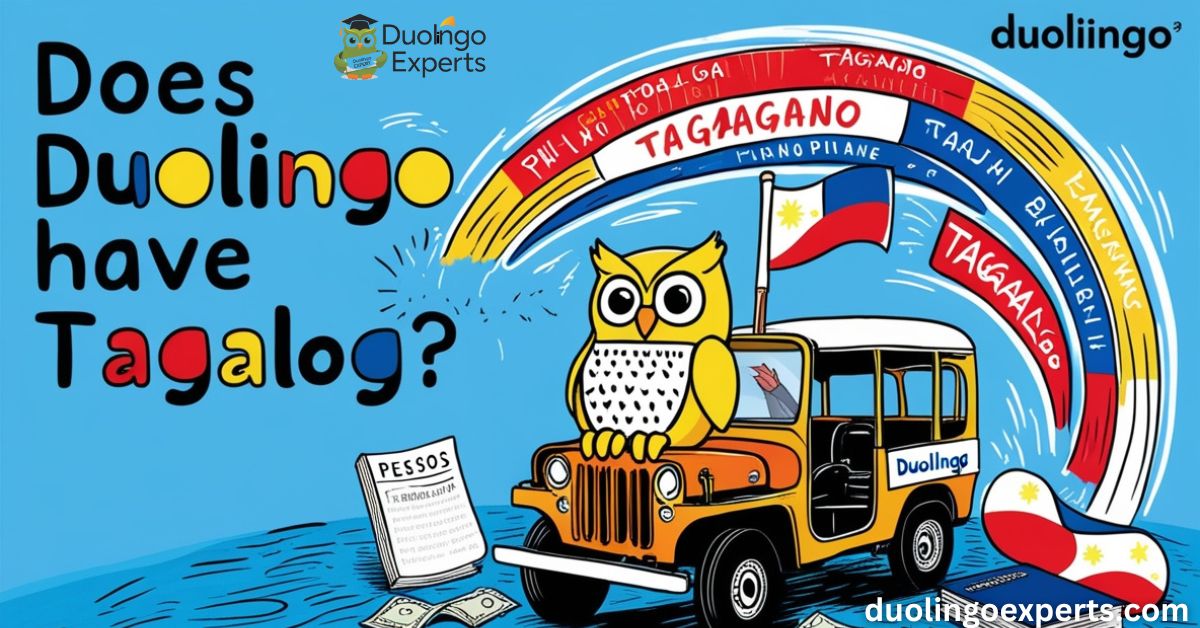In today’s globalized world, learning a new language is more accessible than ever before. One platform that has revolutionized language learning is Duolingo. With its gamified approach, Duolingo has made learning new languages fun, interactive, and accessible to millions of people worldwide. But if you’re keen on learning Tagalog, a language spoken by over 47 million people, you may be wondering: Does Duolingo have Tagalog? Or is there another way to master this beautiful language?
In this comprehensive guide, we’ll dive deep into the presence of Tagalog on Duolingo, explore the challenges of teaching this unique Austronesian language, and provide you with alternatives for learning Tagalog. We’ll also introduce you to other Tagalog learning apps and resources, such as Pimsleur, FilipinoPod101, and even language exchange platforms.
By the end of this article, you’ll have a clear picture of whether Tagalog is on Duolingo, the potential future of its inclusion, and the best ways to start learning Tagalog grammar, vocabulary, and culture right now.
What is Tagalog?
Before we explore whether Duolingo offers Tagalog, it’s essential to understand what Tagalog is and why learning it is becoming increasingly important.
Overview of Tagalog
Tagalog is an Austronesian language that originates from the Philippines. It’s the foundation of Filipino, which is the official national language of the Philippines. Tagalog is spoken by more than 47 million people worldwide, making it one of the most widely spoken languages in the world.
Though Filipino is technically based on Tagalog, it incorporates elements from other Philippine languages, as well as foreign influences such as Spanish and English. Filipino is used for national communication, while Tagalog is often used in daily conversation, particularly in central and southern regions of the Philippines.
Tagalog vs. Filipino: What’s the Difference?
At first glance, Tagalog and Filipino might seem identical, but they have subtle differences. Tagalog is the native language of the Tagalog people, one of the largest ethnic groups in the Philippines. It’s the language of culture, literature, and local communication.
Filipino, on the other hand, is a standardized version of Tagalog that was developed for use in formal education, media, and government settings. It incorporates words from other Philippine languages (like Cebuano and Ilocano), as well as foreign languages, especially Spanish and English.
Despite their differences, Tagalog and Filipino are often used interchangeably, and both are considered national languages of the Philippines.
Is Tagalog Available on Duolingo?
Now, let’s address the central question: Does Duolingo have Tagalog?
As of 2024, Duolingo does not offer Tagalog as a course. Duolingo has made waves in the language learning space with its wide array of available languages, from Spanish and French to Japanese and Arabic. However, despite popular demand, Tagalog has not yet been added to the platform.
Why Isn’t Tagalog Available on Duolingo?
There are several reasons why Duolingo Tagalog is not yet available. Let’s take a closer look:
- Linguistic Complexity: Tagalog has a complex grammar system, especially its verb conjugation and sentence structure. The language operates on a verb-focus system where the verb often comes first, and the sentence is structured in a way that is vastly different from languages like English. This can be challenging to adapt to Duolingo’s gamified learning style, which is better suited to languages with simpler grammar.
- Demand and Popularity: Although there is a strong interest in learning Tagalog, it doesn’t have the same level of demand as languages like Spanish, French, or German. Duolingo typically prioritizes languages based on demand from its users, and while Tagalog has a loyal following, it might not be a top priority compared to other languages.
- Resource Constraints: Duolingo’s language courses are built through a combination of volunteer contributions and professional linguists. Tagalog-speaking community involvement in building a course would be crucial, but the resources and expertise needed to develop a comprehensive and accurate Tagalog course are substantial.
Despite these challenges, the demand for Tagalog lessons is rising, and this may lead to Duolingo re-evaluating its offerings in the future.
Challenges in Teaching Tagalog on Duolingo

While Duolingo’s gamified learning approach has been a major success for many learners, teaching Tagalog on Duolingo presents several unique challenges.
1. Verb-Focus System
Tagalog uses a focus system for its verbs, which can be difficult for learners who are accustomed to the subject-verb-object structure found in languages like English. The focus system indicates what the sentence is emphasizing — whether it’s the subject, the object, or the action itself. For instance, in Tagalog, you might say:
- Kumain ako ng mansanas (I ate an apple)
- Kumain ng mansanas ang batang lalaki (The boy ate an apple)
The sentence structure changes depending on the verb focus, which can make it challenging for Duolingo’s format, which often relies on simpler sentence structures.
2. Verb Conjugation
Tagalog verbs are highly conjugated based on several factors, including tense, aspect, focus, and mood. This level of complexity is much more than what is required for many other Duolingo courses. For example:
- Kumain (ate) — past tense
- Kakain (will eat) — future tense
- Kumakain (eating) — present tense
For Duolingo to teach Tagalog accurately, it would need to account for these different verb forms, making the course more complex than other language offerings.
3. Cultural Context
Learning Tagalog isn’t just about mastering grammar and vocabulary — it’s also about understanding Filipino culture. Tagalog is deeply tied to the Filipino way of life, and understanding the language means connecting with its cultural context. However, Duolingo’s platform may struggle to teach this cultural nuance effectively through gamified lessons.
Tagalog’s Presence in Duolingo Incubator
Duolingo has a program called the Duolingo Incubator, which allows volunteers to contribute to the development of new language courses. While Tagalog is not yet available on Duolingo, it’s possible that a course is currently being developed in the Duolingo Incubator.
What is the Duolingo Incubator?

The Duolingo Incubator is a platform where volunteers can help build new language courses. The incubator allows anyone interested in creating a language course to contribute to the process, whether it’s through translations, testing, or providing feedback. It’s a great way for languages to be developed by the community and for the community.
Tagalog’s Status in the Incubator
There have been discussions and user requests for Tagalog on Duolingo, and some users have attempted to build a Tagalog course within the incubator. However, as of now, there hasn’t been any official confirmation that Duolingo is actively working on a Tagalog course in the incubator.
It’s worth keeping an eye on the Duolingo Incubator, as the community-driven process can sometimes lead to unexpected developments. If you’re passionate about learning Tagalog on Duolingo, contributing to the incubator might be one way to push the project forward.
Alternatives to Learn Tagalog
If you’re eager to start learning Tagalog and Duolingo isn’t an option, don’t worry — there are plenty of other resources to help you get started. From apps to online platforms, here are some of the best Tagalog language resources available today.
Popular Tagalog Learning Apps
While Duolingo doesn’t currently offer Tagalog, there are several other Tagalog learning apps that provide excellent resources:
FilipinoPod101
FilipinoPod101 is an online resource that offers structured lessons for learners of all levels. It includes audio and video lessons that focus on practical Tagalog phrases and vocabulary. The platform also provides a range of learning tools, including flashcards, quizzes, and cultural lessons, making it a comprehensive option for anyone serious about learning Tagalog.
Pimsleur Tagalog
Pimsleur is an audio-based learning program that focuses on immersion. The Pimsleur Tagalog course teaches language through repetition and context, allowing learners to gradually improve their comprehension and speaking skills. This method is particularly effective for learners who want to develop Tagalog pronunciation and conversational skills.
Mondly Tagalog
Mondly is another popular language learning app that provides Tagalog lessons through gamified lessons, daily challenges, and interactive quizzes. The app focuses on building your vocabulary and speaking skills in a fun and engaging way.
MasterLing Tagalog
MasterLing offers a structured learning system that incorporates both vocabulary building and practical conversations. With features like speech recognition and personalized instruction, it’s a great tool for beginners.
Non-App Options for Learning Tagalog
If apps aren’t your thing, there are still plenty of other ways to learn Tagalog:
- Italki: An online platform where you can find Tagalog-speaking tutors for private lessons. Italki offers a personalized learning experience where you can practice speaking with native speakers.
- YouTube Channels and Podcasts: There are several free resources available on YouTube and in podcast format that focus on Filipino language learning. Channels like “Learn Tagalog with FilipinoPod101” or “Tagalog for Beginners” offer great tips and lessons for language learners.
Why Should Tagalog Be on Duolingo?
While Duolingo currently doesn’t offer Tagalog, the demand for learning this beautiful language is undeniable. Here are a few reasons why Tagalog should be on Duolingo:
- Widespread Popularity: The Philippines is a major economic hub in Southeast Asia, and many people are interested in learning Filipino culture and language for business, tourism, and diplomatic purposes.
- Growing Community: The Tagalog-speaking community is one of the fastest-growing immigrant populations in countries like the United States, especially in states like California, Nevada, and Washington.
- Preservation of Language and Culture: With a rich history, Tagalog language preservation is crucial for maintaining Filipino culture. Duolingo could play a pivotal role in keeping the language alive.
The Future of Tagalog on Duolingo
While there is no official word on when Tagalog will be available on Duolingo, the rising interest in learning the language could potentially change that. As Duolingo continues to expand its language offerings, it’s possible that Tagalog will eventually make its way onto the platform.

The increasing interest in language learning platforms, combined with the popularity of Tagalog language resources, suggests that Duolingo may be taking steps toward prioritizing Tagalog in the future. Keep an eye on Duolingo’s announcements for any updates!
Frequently Asked Questions
Can I learn Tagalog in Duolingo?
Currently, Duolingo does not offer Tagalog as a course. However, you can explore alternative language learning apps and resources to start learning Tagalog.
Why does Duolingo have no Tagalog?
Duolingo doesn’t have Tagalog due to its complex grammar structure and verb conjugation, which are difficult to adapt to the platform’s format. Additionally, the demand for Tagalog is not yet as high as other languages.
Are Tagalog and Filipino the same?
Tagalog and Filipino are closely related but not exactly the same. Tagalog is the native language of the Tagalog people, while Filipino is a standardized version of Tagalog, incorporating elements from other Philippine languages.
Is Tagalog easy to learn?
Tagalog can be relatively easy to learn for English speakers due to its straightforward pronunciation and lack of gendered nouns. However, its complex verb system and sentence structure may present challenges for beginners.
What is the hardest language in the world?
The hardest language to learn depends on the learner’s native language, but Mandarin Chinese is often considered the most difficult due to its complex writing system and tones. Other challenging languages include Arabic and Hungarian.
Is Tagalog a rare language?
Tagalog is not a rare language; it is spoken by over 47 million people, primarily in the Philippines. It is also the basis of Filipino, the national language of the country.
Which is harder, Spanish or Tagalog?
Tagalog is generally considered harder than Spanish for English speakers due to its complex verb system and sentence structure. Spanish, with its similarities to English in vocabulary and grammar, is often easier for English speakers to learn.
What are level 1 languages?
Level 1 languages are considered the easiest for English speakers to learn, requiring around 600-750 hours of study. These languages, like Spanish, French, and Italian, have simple grammar and vocabulary similarities to English.
What is the easiest Filipino word?
Level 1 languages are the easiest for English speakers to learn, typically requiring 600-750 hours of study. Languages like Spanish and French fall into this category due to their similarity to English.
What is the easiest language to learn?
The easiest language to learn depends on your native language, but for English speakers, Spanish is often considered the easiest due to its straightforward grammar and vocabulary. Other easy languages include French and Italian.
Conclusion
In conclusion, Tagalog on Duolingo is not yet a reality, but it remains a highly requested language that may join the platform soon. In the meantime, there are numerous ways to start learning Tagalog — from apps like FilipinoPod101 and Pimsleur to language exchange platforms and even YouTube channels dedicated to teaching Tagalog.
Whether through Duolingo or other platforms, learning Tagalog grammar, vocabulary, and pronunciation is entirely possible today. And as interest in the language continues to grow, it’s likely that Duolingo will eventually respond to this demand.
Stay motivated, immerse yourself in Filipino culture, and remember that learning Tagalog is not just about mastering the language—it’s about connecting with a vibrant culture and a community of over 47 million people worldwide.
>>>Read Also: How to Get Duolingo Music: Your Ultimate Step by Step Guide

DuolingoExperts, managed by MarkJohan, offers expert insights and tips for mastering languages. A tech-driven platform to enhance your learning experience.

